Children with autism put forth a unique challenge, including communication problems, for their parents, caregivers, and therapists. Many children on the spectrum don't like interacting with new faces. They don't like being exposed to unknown environments and new situations.
Speech therapy exercises for children with autism can continue at home under the supervision of a parent and guidance of an SLP (speech-language pathologist). Either parent can mediate online speech therapy for ASD in the form of interactive exercises and activities within the comfort of their home.
Early interventions like autism speech therapy activities and behavior modification exercises can benefit a child on the spectrum. Research shows that some children who receive behavior and speech therapy early in life have higher chances of overcoming the signs and symptoms of autism as adults.
Most of these therapy techniques don't involve the parent and child in a clinical setup. These consist of activities, which can be parts of daily interactions, playtime, storytime, lunch, or dinner with the child.
Parents can add 5 to 10 minutes of such exercises and activities to their child's daily routine. Remember to keep these "sessions" short and engaging for the child.
If your child has a speech delay and other signs of autism, you can try numerous speech therapy exercises at home to aid their speech and language development.
Speech Therapy Exercises for Early Childhood ASD
It is now possible for child psychologists and SLPs to determine if a child is showing signs of autism spectrum disorder (ASD) in their early childhood.
Speech therapy strategies for autism spectrum disorder in very young children should aim to boost their communication skills.
Here are some exercises you can do at home with your child –
1. Make Animal noises
Research shows that children with ASD often love animals and respond better to animal noises. You can use this information to set up toy barns, animal trains, and make-believe farms.
Mimic animal noises as your child picks up each animal. Soon, they may try to recreate these noises.
It is one exercise that SLPs recommend for nonverbal children with ASD as well.
2. Teach Them The Essential Words
Learning to use a few essential words like “more,” “help,” and "stop" can help your child in the long run. Many children with autism struggle to use known words in a new context. So, teaching your child to use the same word in different setups can be helpful.
Children with autism often have limited vocabulary, or they don't talk a lot. However, they may learn new words just like their neurotypical counterparts.

You can work with your child in familiar and ordinary environments to teach them the use of a few easy-but-necessary words. For example, during lunch or dinner, once they have finished eating a portion of the food they like, you can gesture towards their plate and say "more." Be sure to accompany "more" with a sign.
It may take some time for your child to respond and eventually say the words. It is important to not lose hope. Patience and regularity are imperative when you are working with someone on the spectrum.
3. Use their Favorite Toys and Snacks
You can use your child’s favorite toy and snacks for this activity. Keep the items out of their reach but within their line of sight.
It may take them a while, but your child can learn to gesture or signal for it. You can help them by pointing and saying the word, “toy” or “snack” for the first few days.
The next step is the child leading the adult by either gestures, signs, or looks towards the item they want. A child with mild to moderate signs of ASD may also learn the name of the items and use the names to ask for them.
4. Provide Positive Reinforcement
Many children with autism, especially those with mild to moderate autism, respond well to positive reinforcement. Positive reinforcement is an integral part of various speech therapy exercises experts recommend for children with autism.
The concept is simple – you provide a desirable reward every time they respond to their name, use an essential word or follow your instructions. It can be a piece of chocolate, one scoop of ice cream, extra time with the toys they like, or 30-minutes of additional screen time. The reward should be something that the child enjoys and likes.
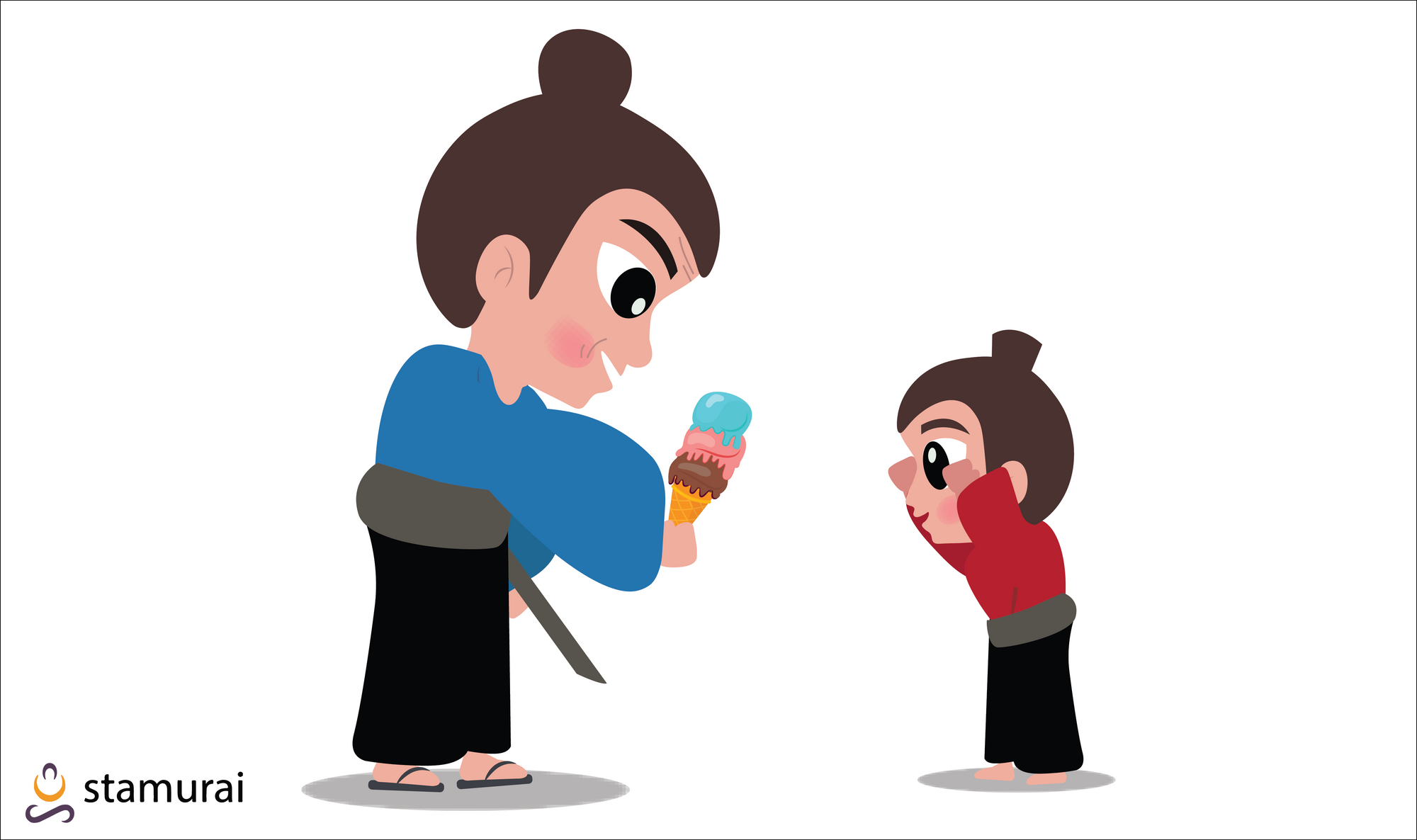
Children with autism often struggle to respond to their own names, follow multi-step instructions, or hold conversations. This autism speech therapy exercise for kids may encourage the child to engage in behavior you deem desirable.
Next, we discuss Speech Therapy Strategies for Autism Spectrum Disorder In Preschool-Aged Children –
5. Present Them With Multiple Choices
You can teach children with ASD to make their own choices by offering them more than one option in everyday situations. You can begin this exercise as soon as your child is old enough to talk. It is an essential autism speech therapy exercise for kids that encourages them to make their own choices.

While dressing them, you can hold up more than one pair of socks. Name the colors while holding each pair up like "red," "blue," or "yellow," and wait till they pick one. You can do the same when it's playtime. Ask them what they want to play with and mention the toys by name while pointing at them.
It may take weeks or even months before your child responds with a gesture towards the desired item or names one of them. Remember to not give up. These exercises will encourage your child to select an item and point at the object in response to your query.
6. Play Sorting Games
Studies show that children with autism may show interest in sorting or arranging their toys. The goal of this exercise is to leverage their interest and teach them the purpose of commonplace objects.
You can use real-life objects or picture cards for this game-cum-exercise. For example, you can use fruits and veggies from your kitchen or use picture cards with their photos. Encourage your child to group fruits and veggies according to color or taste.

Let them sort photos according to similarities in sizes and shapes. Mix several picture cards and let your child identify the different foods we eat, clothes we wear, and places we visit. It is an interesting and stimulating autism speech therapy exercise for kids of preschool age.
Let your child sort the different picture cards in a way that makes sense to them. It will encourage independent thinking, problem-solving and analytical skills.
7. Read Short Stories With Your Kid
Your child may have delayed speech, or they may be non-verbal. These are common speech-language disorders associated with autism. Reading with them and even singing rhymes may be a good exercise that encourages them to speak.
Choose an interactive book that comes with photos, pictures, and pull-outs. As you are reading, try to point at every illustration and describe what you are seeing.
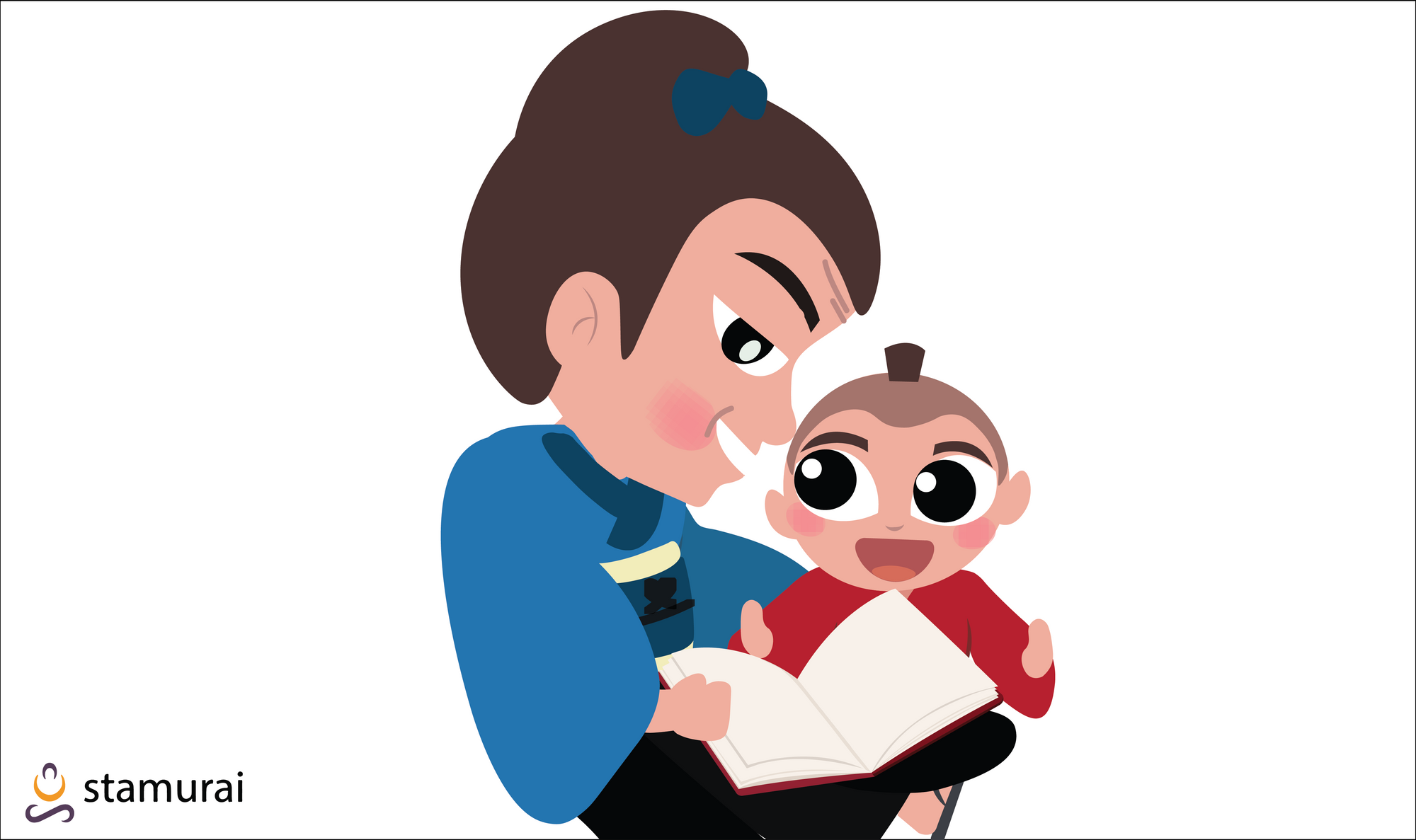
Depending on how old your child is, you can ask them to describe what they are seeing. For example, you can point at the photo of a dog and ask what color it is. Or you can ask your child to gesture at the white bird in the illustration.
Try to engage in conversation about the story, the subjects, and the pictures. Ask simple Yes or No questions to your child about the story and its characters if your child shows interest in the book you are reading together.
8. Engage In Sensory Activities
Many children with ASD have sensory processing disorder. It can influence how their brains receive, process, and interpret the signals coming from their environment. Sensory activities can harness the communication skills your child has already learned. Improvement of their communication and cooperation skills is one of the many benefits of speech therapy for autism.
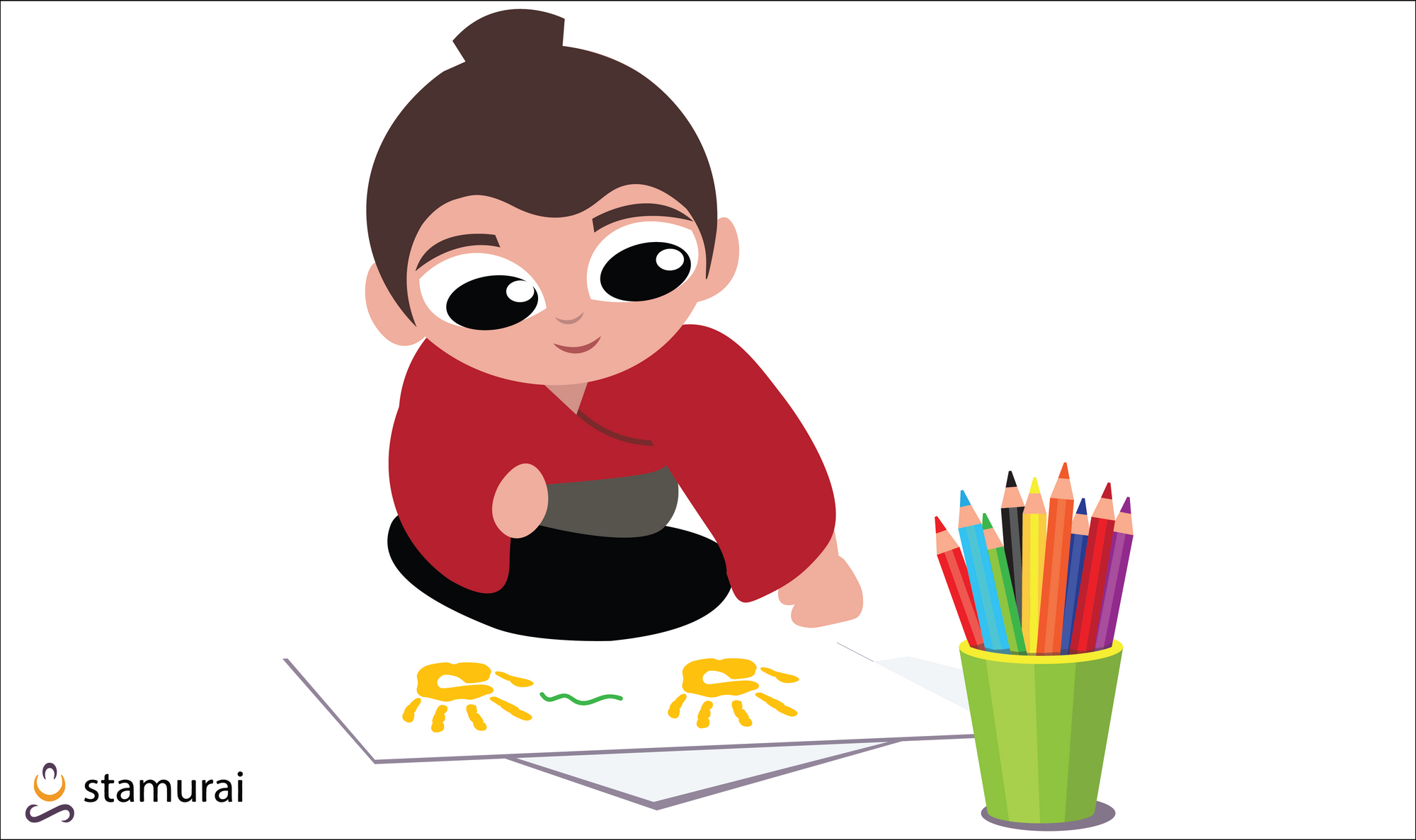
Some of the more common and effective sensory activities for children with ASD include homemade musical instruments, footprint painting, silly putty or cornflour slime, and scented play-dough. The idea is to help your kids get an experience of different textures, smells, and sensations. It may help your child to open up to new sensations.
A large percentage of children with ASD are averse to particular smells and textures. Be sure to consider their likes and dislikes while setting up their sensory activity tables.
The next set includes Speech Therapy Exercises for Elementary School aged children with ASD –
9. Use Communication Boards
Communication boards are an essential part of autism speech therapy activities and speech therapy for children with an autism spectrum disorder. You can use handmade boards or the digital ones you get for smartphones and iPads. Your choice should depend upon which format your child likes more.
Communication boards are part of an augmentative or alternative communication device for children with an autism spectrum disorder. You can begin using them at home, especially if your child is nonverbal or speaks very little.
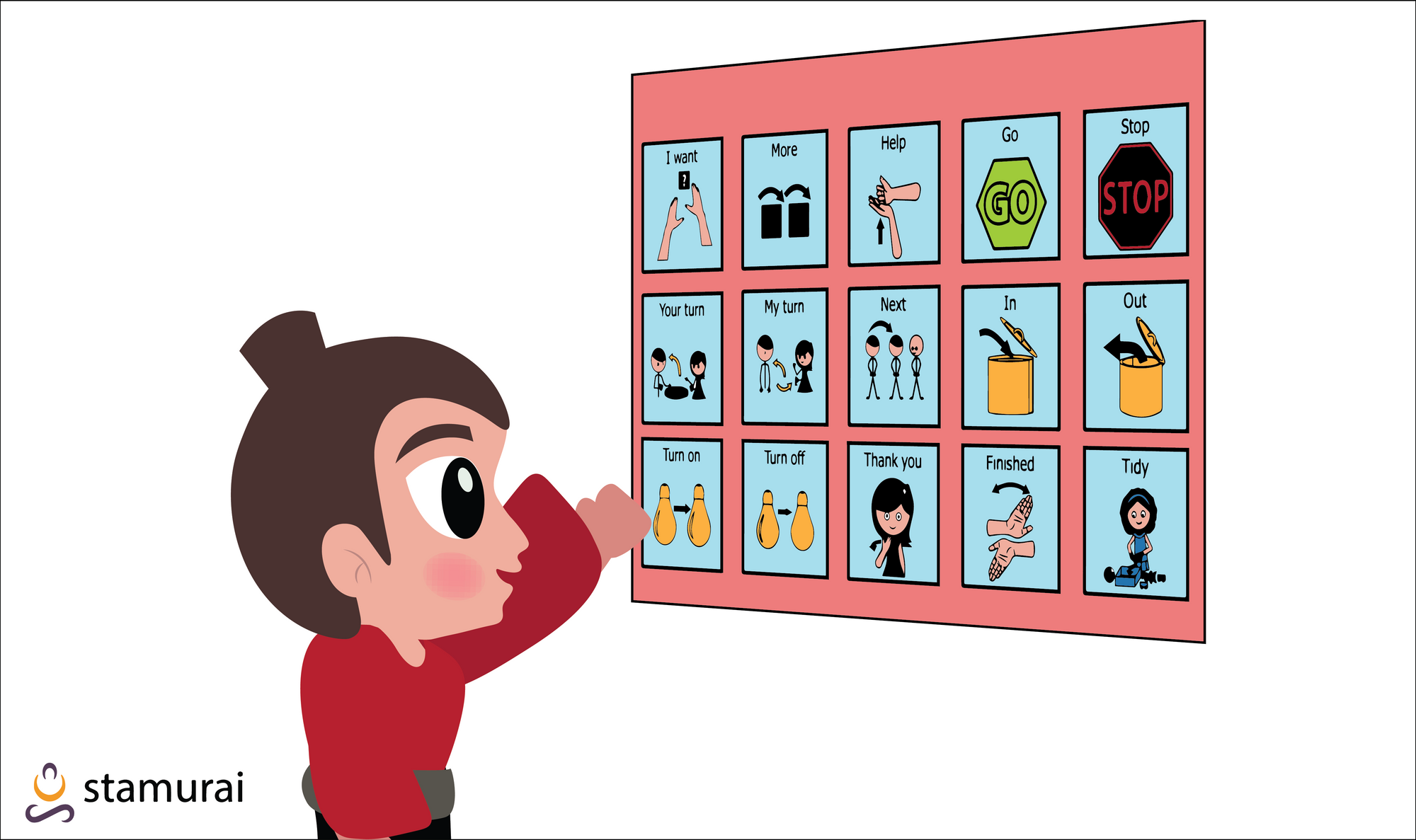
Communication boards typically have one set of cards with a variety of images related to an event, for example, "play." And the other set comes with a range of emotions like a happy face, sad or angry face. The child can point at how they feel in response to an event or action you pick.
You can encourage your child to use the communication board for simple messages like "I'm hungry," "I need to go to the bathroom," and "I want to play." You can slowly advance their communication skills using the boards to make choices and ask questions.
10. Teach Them Facial Expressions
Children with autism often find it difficult to understand facial expressions. They may struggle to understand what the smile or frown on your face means.
It is possible to teach them the meaning of each expression and its importance in the social sphere. You can use picture cards or communication boards for this exercise as well. Say the name and describe each feeling or expression.
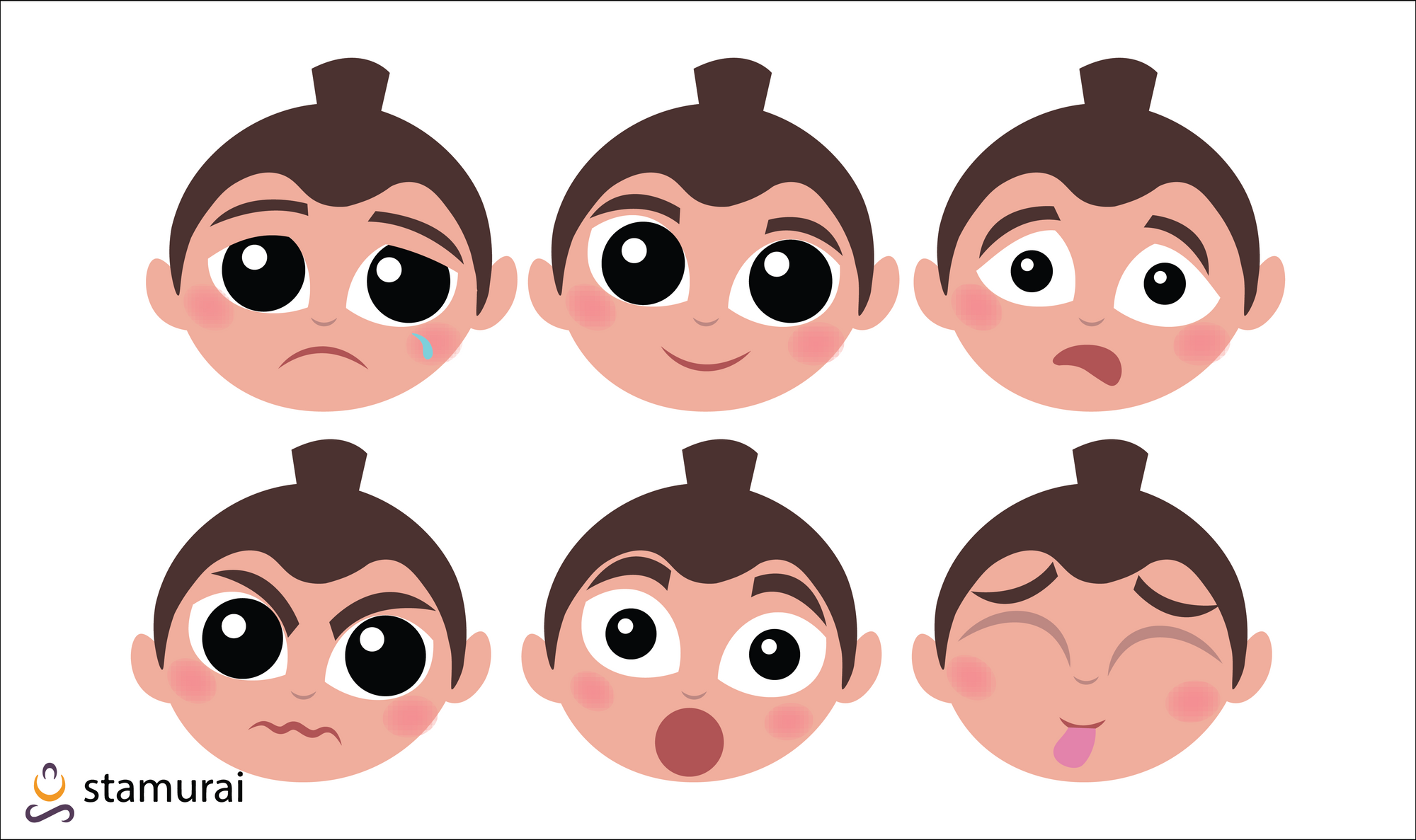
If your child is a little older than a preschooler, you can play a similar game using apps or digital facial expression cards. Make sure they have multiple choice answers along with a description of the emotions, so your kid can pick the correct one.
11. Teach Them to Ask Questions
You can begin this exercise using one of your child’s favorite toys. Hide it in an opaque bag and prompt your child to ask, “what’s in the bag?”
Encourage your child to ask more questions throughout the day like, “Where did doggy go?” or “Can I watch TV?”
Once they are familiar with how questioning and answering works, you can expand the activity by veering into social questions. Prompt your child to ask simple questions, such as, “How are you?” Make a list of similar simple social questions that your child can practice at home.
12. Utilize their Interests
Children on the spectrum typically have intense interests on specific objects. These may include Legos, art, automobiles, animals, music, and gadgets.
You can leverage their intense interest to explore conversations on the topic. Introduce your child to new material on the topic from the Internet. Ask them questions, encourage them to ask questions, engage in non-verbal communication, and practice turn-taking using the objects.
Speech Therapy Exercises For Children With Autism Spectrum Disorder In Middle School And High School –
13. Encourage Socialization
Find support groups and students' groups for children with ASD. If there’s one at their school, nothing like it.
Encourage your adolescent child to sit with them. Even if they are not ready to talk and share, they should have a safe place where they feel comfortable.
Gradually, once your child is interacting actively with their peers, take them out for lunch or dinner. If they are willing, encourage them to place the orders.
14. Teach Your Child about Sensory Overload
Many children and adolescents with ASD experience sensory overload. It can happen when their sight, smell, touch, hearing and taste absorb more information than they can process. An individual with ASD may react “unnaturally” to sensory overloads.
Identify how your child reacts to such situations. Identify their triggers.
You can teach them how to cope with feeling overwhelmed by introducing them to noise-canceling headphones, earplugs, soft lighting, and/or nature-sound videos.
15. Help your Child Behave Appropriately
What is appropriate for one individual may not be for another. Appropriate interactions and behavior can change according to situations, culture, and relationships. It may be extremely challenging for an adolescent with ASD to understand the proper etiquette of social interaction.
You can talk to their behavior therapist, psychologist, and SLP. They can give you culture-appropriate exercises and activities to teach your child how to behave in classrooms, public places, and at home.
When Is the Best Time to Start Speech Therapy for Autism?
Diagnosing autism in children younger than 3 years of age can be challenging. However, in some cases, parents and specialists can recognize speech and language delays in children as young as 18 months of age.
Some telltale signs like repetitive activities, echolalia, resistance to changes in routines, and the inability to interact socially with others belonging to the same age group may confirm autism diagnosis in younger children.
Parents of children with autism can begin speech therapy for autism at home as soon as they receive a formal diagnosis from a speech-language pathologist, psychologist, or pediatrician.
Although it’s a life-long condition, some individuals show the ability to improve and acquire social communication skills as they grow older.
Can Your Child “Grow Out” of Autism?
The likely answer is “no”. However, there is a possibility of improvement through the correct therapy and exercises. It is impossible to predict which children will “grow out” of ASD. Nonetheless, early diagnosis and intervention increase a child’s chances of becoming a healthy, functional, and independent adult.
Children on the autism spectrum face varying degrees of difficulty in communicating. Speech therapy can help! Above-mentioned 15 speech therapy exercises & strategies for children on the spectrum can strengthen your child's logical and analytical thinking, problem-solving attitude, and social communication skills.
Your child may be entirely non-verbal or shows severe aversion toward ordinary sounds, lighting, and textures. In such cases, it may be necessary to consult with a behavioral therapist and special educator immediately.










